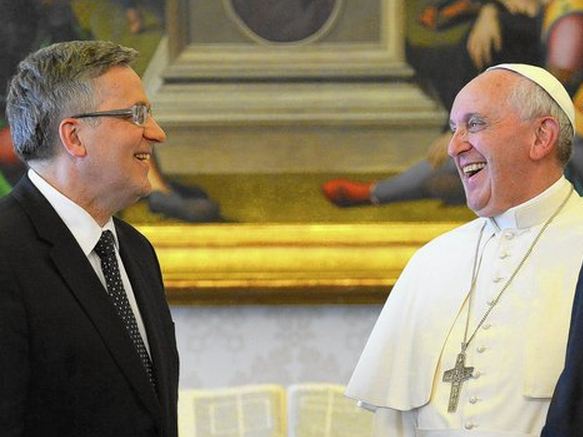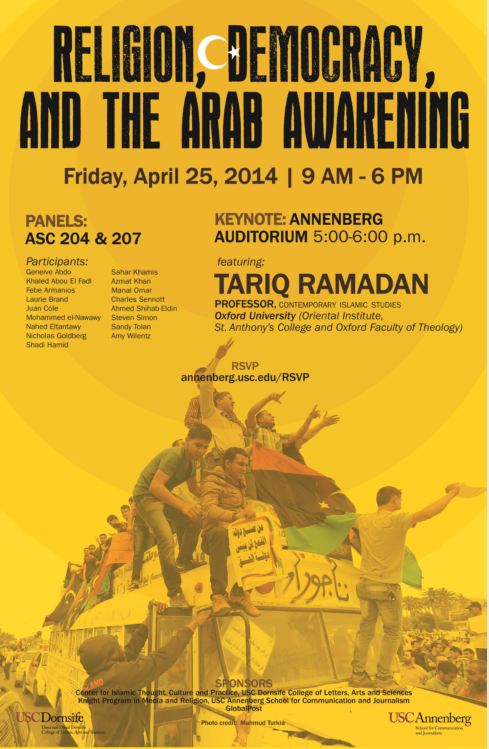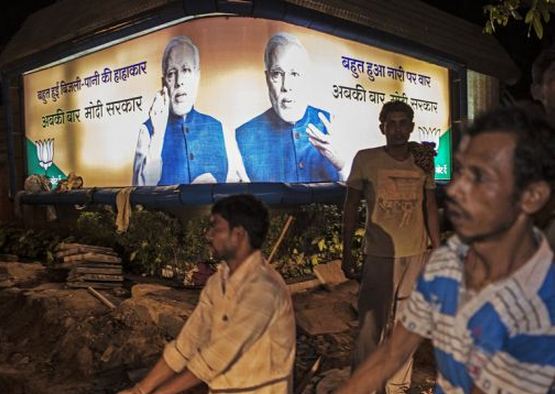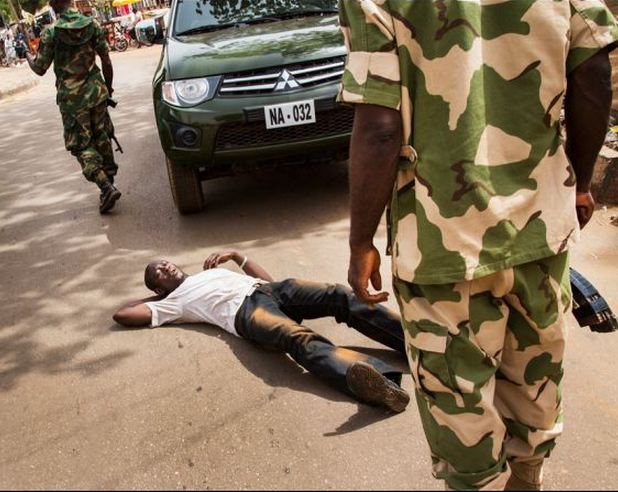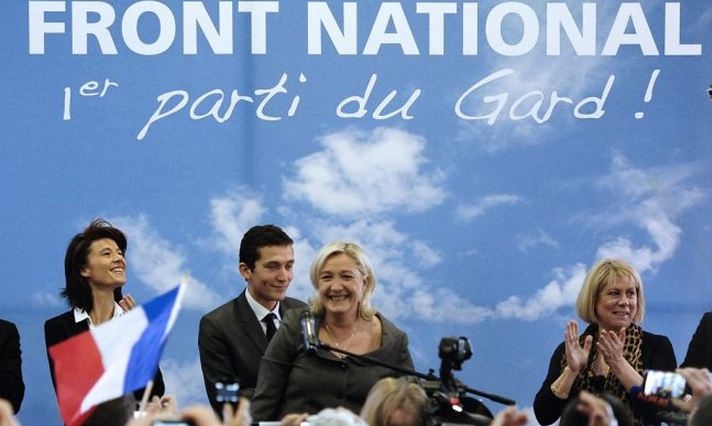by Heather McIlvaine
Last week, armed men wearing military uniforms displaying no markings of nationality – but widely assumed to be Russian – seized control of Simferopol International Airport and a military airfield in Crimea, an autonomous peninsula in southern Ukraine.
On Sunday, Russian President Vladimir Putin openly sent hundreds of troops to the peninsula in response to calls for help by pro-Russian Crimean leaders. As a result, Ukrainian Prime Minister Arseniy Yatsenyuk accused Putin of declaring war on his country, warning the world, “We are on the brink of disaster.”
With that, the media’s gaze officially shifted from weeks of bloody protests in Kiev to the escalating tensions in Crimea, a region with its own fraught ties to Russia and a long history of ethnic and religious violence.
Here, the narrative is considerably more complex than the simple East-West dichotomy that many reporters relied on to explain the events in Kiev. For the most part, the Western news media did their history homework before parachuting into Crimea.
For example, early last week, New York Times reporters identified the significance of the Muslim population in the peninsula, a group that largely was absent from Kiev coverage: “With cries of ‘Allahu akbar,’ Arabic for ‘God is great,’ thousands of protesters in the capital of Ukraine’s Crimea region, a tinderbox of ethnic, religious and political divisions, added an Islamic voice on Wednesday to the tumultuous struggle for Ukraine.”
In another article titled “Crimea’s Bloody Past Is a Key to Its Present,” the Times touched on key historical events that give much-needed context to the current conflict.
For one, Crimean Tatars – a minority group of Turkish-speaking Muslims indigenous to the peninsula – were deported en masse to Soviet labor camps in Uzbekistan after World War II and were only able to return to their homeland after the fall of the Soviet Union. (The Times didn’t reach as far back as 1783, when Russia annexed the region, beginning a centuries-long period of exile and massacre for Crimean Tatars.)
And then there’s the fact that Soviet leader Nikita Krushchev gifted Crimea to Ukraine in 1954. This was mostly a symbolic gesture at the time, but with the dissolution of the USSR in 1991, it left Crimea’s ethnic Russians feeling as if they were living in a foreign country.
Thus, it should come as no surprise that pro-Russian Crimean leaders called on Putin to intervene in what they saw as an illegitimate pro-Western government takeover in Kiev.
And it’s also clear why Crimean Tatars feel the need to add their Islamic voice to the protests: For them, the idea of Russian invasion is more than just an ideological dispute; it’s a historically familiar threat to their very identity.
Al Jazeera homed in on this aspect of Crimean Tatar identity in its reporting on the conflict, and the AP also presented key historical context. Other outlets like BusinessWeek probed the region’s close relationship with Russia.
Today, ethnic Russians make up 60 percent of the Crimean population, while Ukrainians account for 25 percent, and Crimean Tatars 12 percent.
All of this makes a quick Russian exit from Crimea seem unlikely, leaving the U.S. and Europe in a difficult position. As a Times news analysis explained, economic sanctions and political isolation proved ineffective in convincing Putin to pull troops out of Georgia when ethnic Russians were agitating for independence of South Ossetia and Abkhazia in 2008. It seems unlikely the situation will be different, this time around.
Moreover, the U.S. needs Russian cooperation in dealing with Syria and Iran, and Europe may be leery of cutting off its largest supplier of natural gas.
One thing is certain: the U.S. news media will likely be covering the conflict in Crimea for a while longer. Reporters must continue to give space to historical context and cultural nuance, as many have done so far.
Because ultimately, the conflict is about identity: What does it mean to Russian or Ukrainian or Crimean Tatar? And what happens when the lines drawn around your country on the map don’t reflect that identity? Complex questions deserve thorough, intelligent answers.
